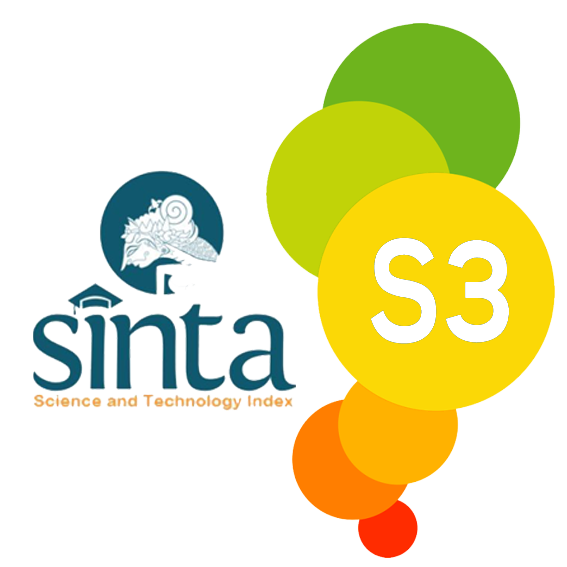Business development plan for Ngargogondo tourism village based on industry 4.0 technology
DOI:
https://doi.org/10.31940/ijogtra.v5i2.81-91Keywords:
BMC, Marketing mix, SWOT, Technology 4.0, Tourism villageAbstract
Ngargogondo Tourism Village is one of the tourist villages in Magelang Regency, which is in the Balai Ekonomi Desa (Balkondes) area of the Borobudur Region. This tourist village was newly formed and was inaugurated in 2021. Meanwhile, marketing success is one factor determining a tourist village's development. In addition, other more attractive and anti-mainstream developments are needed with the surrounding tourist villages. The current study applied a descriptive qualitative research by conducting observations and interviews. Then, the information and data were measured and analyzed utilizing marketing mix, SWOT, and Business Model Canvas (BMC) analyses. This research procedure also consisted of three stages: data collection, data analysis, and presentation of data analysis results. The focus on the data analysis is based on the 9 aspects, including customer segment, value proposition, channels, customer relationship, revenue stream, key resources, key activities, key partnership, and cost structure. Based on this, a study is required to identify the marketing potential of Ngargogondo Village based on the marketing mix and then analyzed based on SWOT and Business Model Canvas (BMC) to develop a tourism business development plan base on industry 4.0 technology. Further, the research results can be used to formulate a marketing strategy for the Ngargogondo Tourism Village to develop its tourism business.












